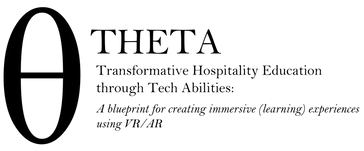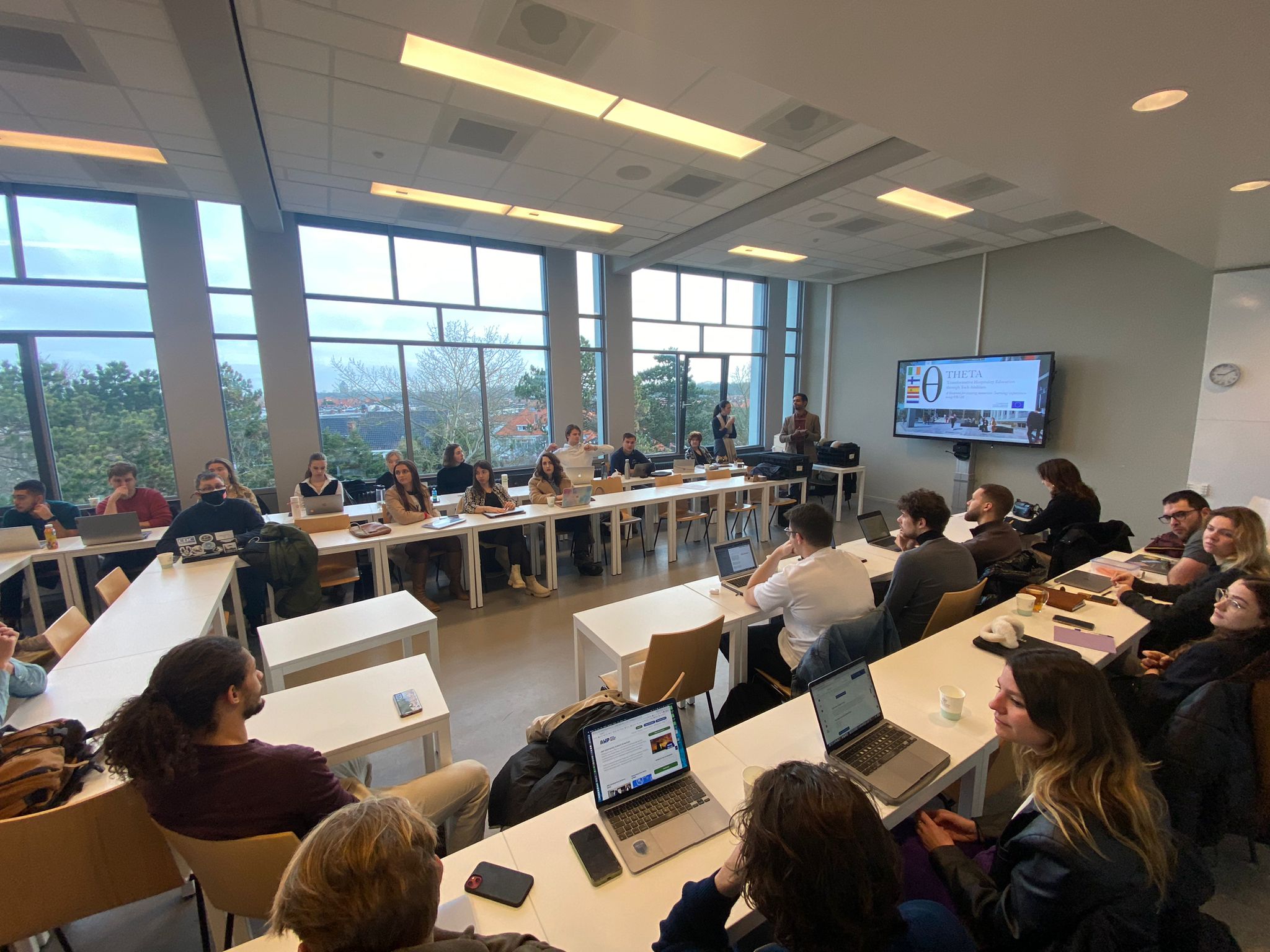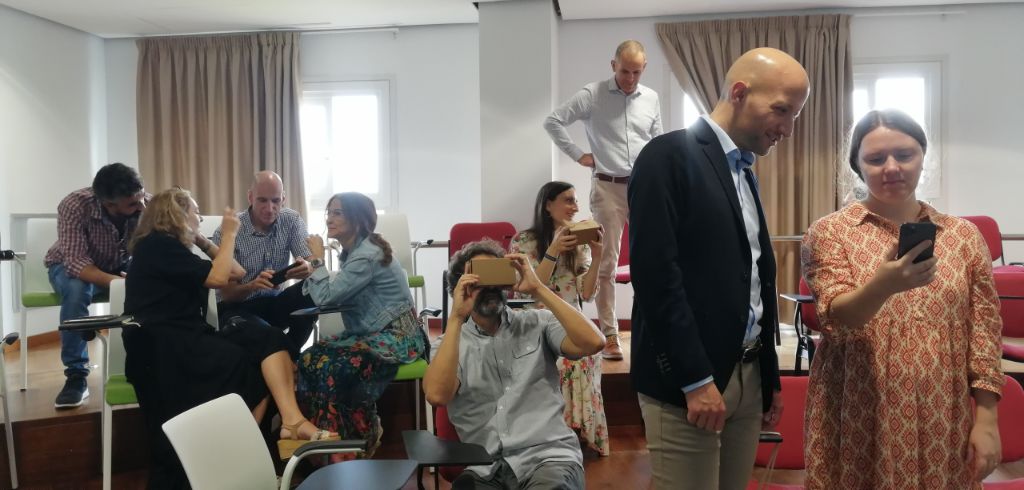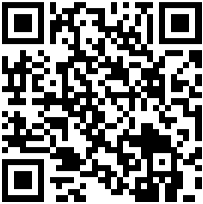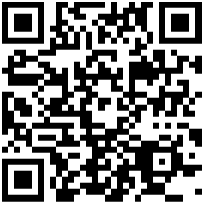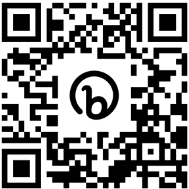IO-2
AR/VR Learning Materials
In the second Intellectual Output (IO2), which builds on IO1, four pilot cases or modules will be developed to demonstrate how Digital Learning Spaces (VR/AR) can be effectively integrated into education. These modules will be centered around embedding these spaces within various courses, using Design-Oriented Research methods to provide faculty and students with a deeper understanding of the scientific paradigm behind them.
The four pilot projects are as follows:
- AR Pilot: The Hotel Room – Students will use AR technology to explore different augmented reality hotel room scenarios, assessing how changes impact the room experience.
- AR Pilot: Holographic Chef/avatar – Used to provide step-by-step instructions for recipes and information on educational content. Allows the learner to project an instructor/lecturer into their personal space through the camera view of their phone. Assists in building a personal connection with the lecturer during remote learning.
- VR Pilot: The Outlet – 360 video will be used to provide information to students on how to use kitchen equipment and provide an understanding of context through immersion in an environment.
- VR Pilot: Difficult Customer – 360 video will be used to expose students to situations where they have to take decisions when dealing with a difficult customer in a restaurant
- Additional Pilot: Matterport virtual tour of hotel training room and room assessment
These Digital Learning Spaces aim to enhance learning by providing real-life contexts from the hospitality industry, allowing flexible, time-independent, and place-independent experiences. Interactivity within these spaces fosters active and engaging learning while creating a safe environment for making and learning from mistakes.
Design-Oriented Research is an integral part of these pilots, fostering research skills and problem-solving abilities. The expected impact includes raising awareness of learning space potential and strengthening students’ Design-Oriented Research skills.
Key tasks in IO2 include defining educational content packages, tailoring templates for VR/AR pilot cases, executing the pilot modules across partner institutions, and reporting research results. The outcomes will contribute to the development of enriched digital courses and scientific articles, with potential transferability to other hospitality and social/business studies
Deliverables

Abstract
During the last few years, learning techniques have changed, both in basic education and in higher education. This change has been accompanied by new technologies such as Augmented Reality (AR) and Virtual Reality (AR). The combination of these technologies in education has allowed a greater immersion, positively affecting the learning and teaching processes. In addition, since the COVID-19 pandemic, this trend has been growing due to the diversity of the different fields of application of these technologies, such as heterogeneity in their combination and their different experiences. It is necessary to review the state of the art to determine the effectiveness of the application of these technologies in the field of university higher education. In the present paper, this aim is achieved by performing a systematic literature review from 2012 to 2022. A total of 129 papers were analyzed. Studies in our review concluded that the application of AR/VR improves learning immersion, especially in hospitality, medicine, and science studies. However, there are also negative effects of using these technologies, such as visual exhaustion and mental fatigue.

Abstract
The discourse around embedding immersive learning content within hospitality education is lively, aiming to (a.) integrate the learning experience within actual professional settings and, (b.) maintain student interest. This paper contributes to the discussion by examining the integration of accessible immersive content in hospitality education, using design-based research (DBR) that prioritizes student input. The research explores how student feedback guides the creation of accessible mobile immersive content to improve hospitality education. Utilizing a mixed-methods strategy, with data gathered from four European universities (20 detailed focus groups and 192 surveys), our results outline a three-phase development strategy, highlighting the need for specific contextual considerations when crafting accessible mobile immersive learning materials for hospitality education: 1.) Determining use cases, 2.) Selecting technological solutions, and 3.) Crafting immersive content. Our findings offer significant insights for hospitality educators, highlighting the necessity for continual innovation and educator skill development in enhancing hospitality education through immersive content integration.
Selected key references:
- Barrett, A. J., Pack, A., & Quaid, E. D. (2021). Understanding learners’ acceptance of high-immersion virtual reality systems: Insights from confirmatory and exploratory PLS-SEM analyses. Computers & Education, 169, 104214. https://doi.org/10.1016/j.compedu.2021.104214
- Bermejo, B., Juiz, C., Cortes, D., Oskam, J., Moilanen, T., Loijas, J., Govender, P., Hussey, J., Schmidt, A. L., Burbach, R., King, D., O’Connor, C., & Dunlea, D. (2023). AR/VR Teaching-Learning Experiences in Higher Education Institutions (HEI): A Systematic Literature Review. Informatics, 10(2), 45. https://doi.org/10.3390/informatics10020045
- Cárdenas-Sainz, B. A., Barrón-Estrada, M. L., Zatarain-Cabada, R., & Ríos-Félix, J. M. (2022). Integration and acceptance of Natural User Interfaces for interactive learning environments. International Journal of Child-Computer Interaction, 31, 100381. https://doi.org/10.1016/j.ijcci.2021.100381
- Chung, C.-Y., & Hsiao, I.-H. (2019). An exploratory study of augmented embodiment for computational thinking. Proceedings of the 24th International Conference on Intelligent User Interfaces: Companion (pp. 37-38). https://doi.org/10.1145/3308557.3308676
- Faqih, K. M. S., & Jaradat, M.-I. R. M. (2021). Integrating TTF and UTAUT2 theories to investigate the adoption of augmented reality technology in education: Perspective from a developing country. Technology in Society, 67, 101787. https://doi.org/10.1016/j.techsoc.2021.101787
- Gioia, D. A., Corley, K. G., & Hamilton, A. L. (2013). Seeking Qualitative Rigor in Inductive Research: Notes on the Gioia Methodology. Organizational Research Methods, 16(1), 15–31. https://doi.org/10.1177/1094428112452151
- Hoyles, C., & Noss, R. (2003). What can digital technologies take from and bring to research in mathematics education? In A. J. Bishop, M. A. Clements, C. Keitel, J. Kilpatrick, & F. K. S. Leung (Eds.), Second International Handbook of Mathematics Education (pp. 323–349). Springer Netherlands. https://doi.org/10.1007/978-94-010-0273-8_11
- Kim, H. J., & Jeong, M. (2018). Research on hospitality and tourism education: Now and future. Tourism Management Perspectives, 25, 119–122. https://doi.org/10.1016/j.tmp.2017.11.025
- Lockwood, T., & Papke, E. (2017). Innovation by design: How any organization can leverage design thinking to produce change, drive new ideas, and deliver meaningful solutions. Red Wheel/Weiser.
- Shen, S., Xu, K., Sotiriadis, M., & Wang, Y. (2022). Exploring the factors influencing the adoption and usage of Augmented Reality and Virtual Reality applications in tourism education within the context of COVID-19 pandemic. Journal of Hospitality, Leisure, Sport & Tourism Education, 30, 100373. https://doi.org/10.1016/j.jhlste.2022.100373
